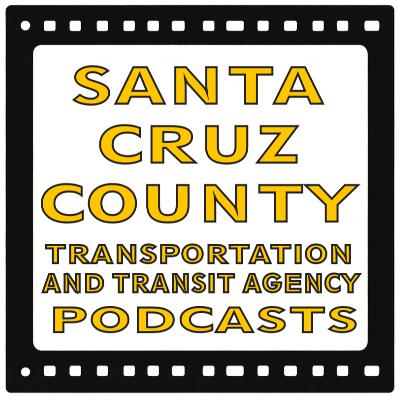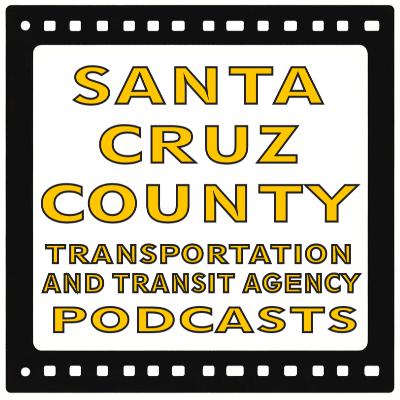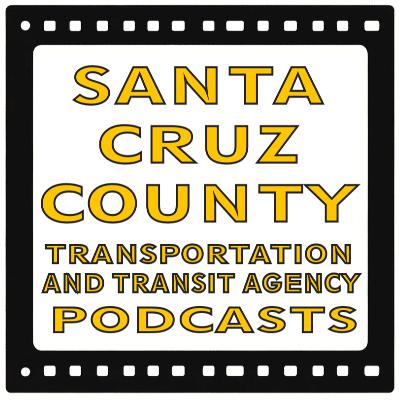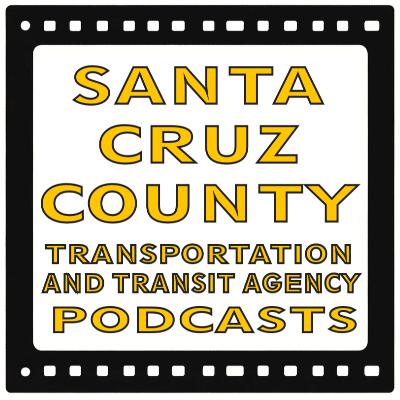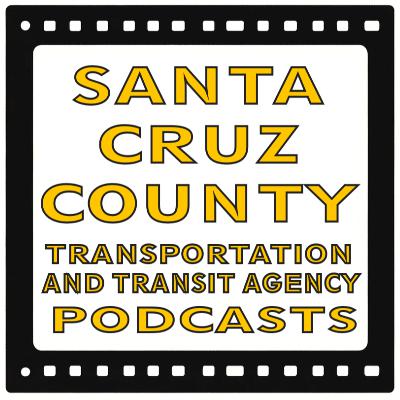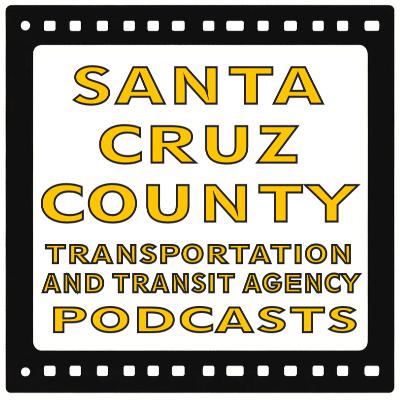
Santa Cruz County Transit and Transportation Agency Meetings - Audio Tracks
Author: Keith Bontrager
Subscribed: 1Played: 0Description
Attending these meetings in person is very time consuming. They are long and there is often quite a bit of administrative business done. Not many people have the time to do it. And, even if you do, it is not a very efficient use of time.
But the meetings are important. They are the best way to keep track of what the agencies are up to. These podcasts make access to that content very simple and efficient.
I edit the podcasts to break the meetings into short, topical episodes. You can listen to the episodes that cover topics that matter to you. The cool thing about doing that with a podcast is that you can listen whenever and wherever you can.
The podcasts are made from community tv.org 's video feed of the meetings. Thanks go to them for providing those. You can see the full videos on their website.
I've started adding some episodes that cover the supporting documents for the meetings. Those can be very useful. I am using text to audio conversions to convert them to an audio format.
I'm not editing the content of the podcasts. It is extracted directly from the video of the meetings. I am editing out the agency's administrative business, and I am not including public comments. Both of those are available in the original video.
There are some presentations that depend on a Power point presentation or slides. I make videos of those and post them on YouTube.
Community Television of Santa Cruz County (CTV) videos of local agency meetings are here:
https://communitytv.org/watch/government-demand/
Their YouTube channel is here:
https://www.youtube.com/playlist?list=PLOE8OGb8ohlInlNQMDD3KlX-UxSfAVCAy
SC Metro Board agendas are here:
https://scmtd.com/en/agency-info/board/board-agenda-archive
SCCRTC meeting agendas are here:
https://sccrtc.org/meetings/commission/agendas/
And are archived here:


